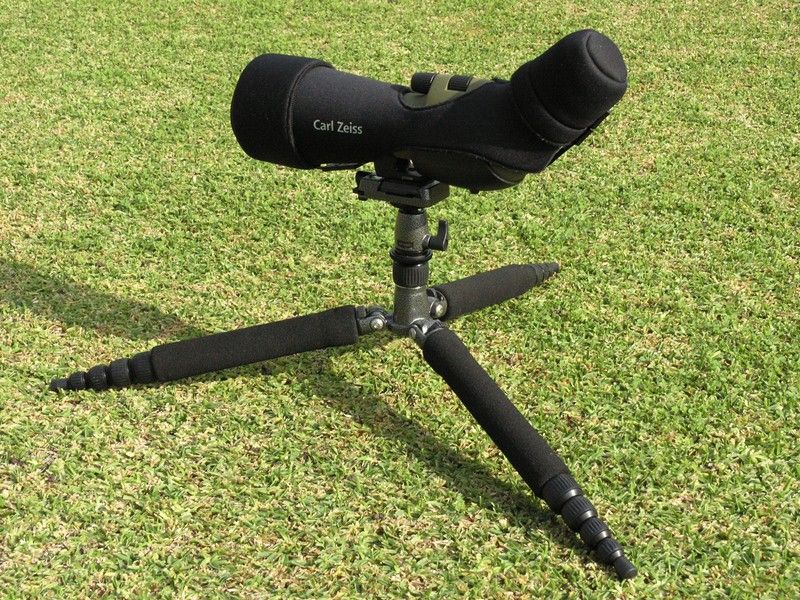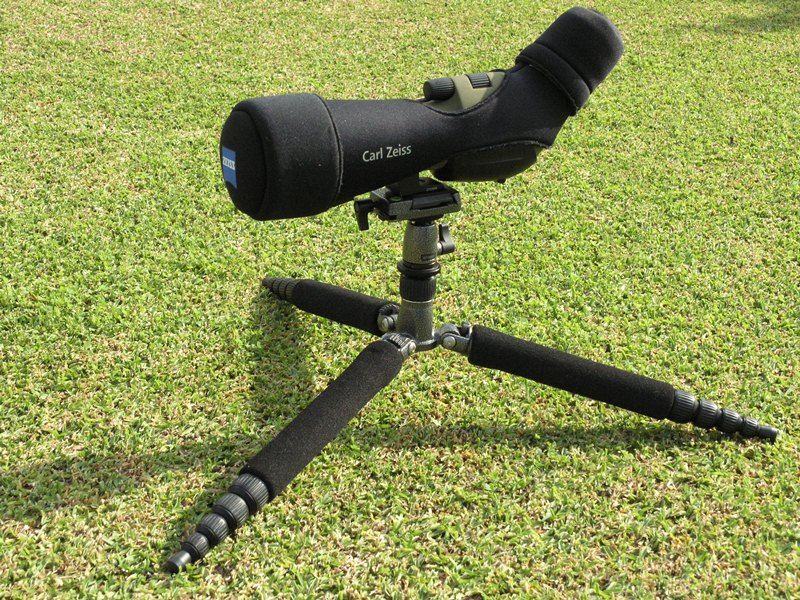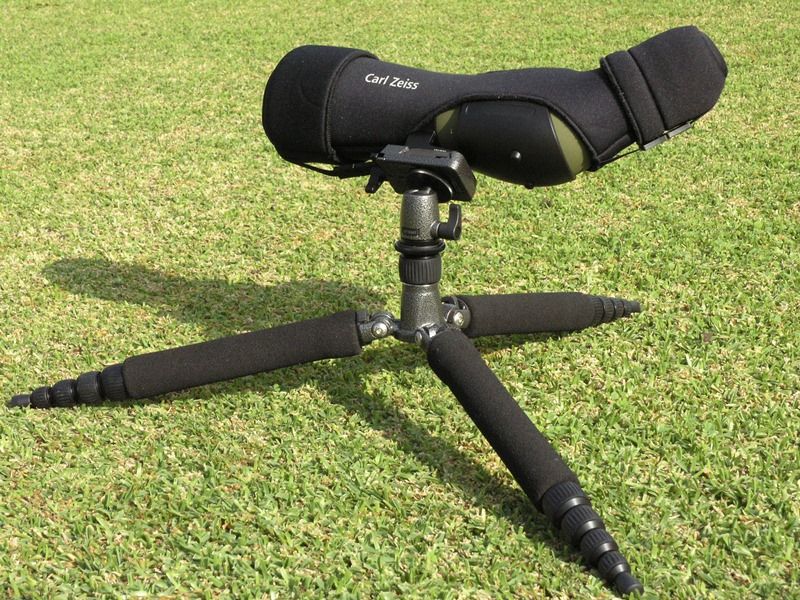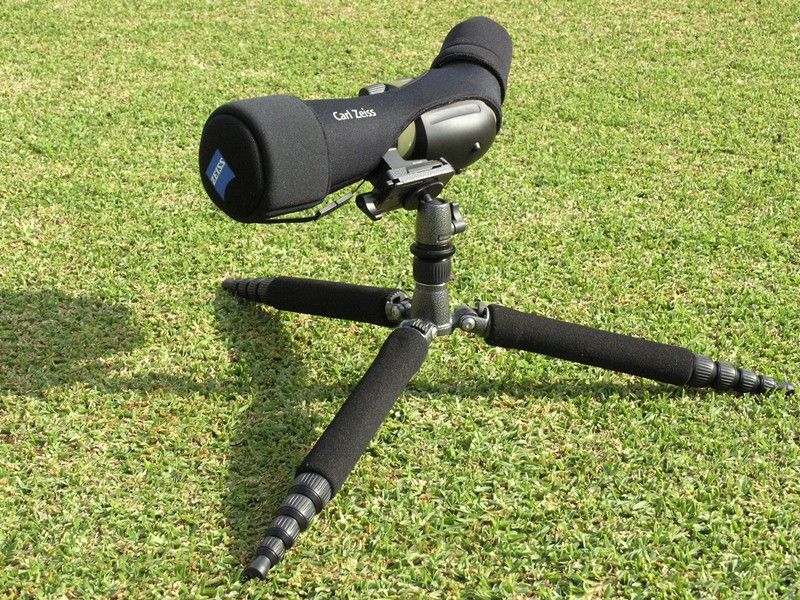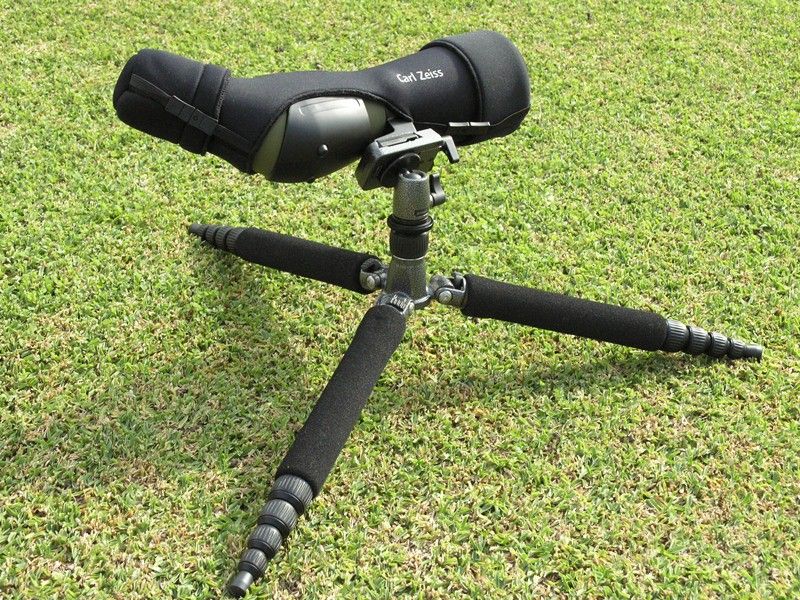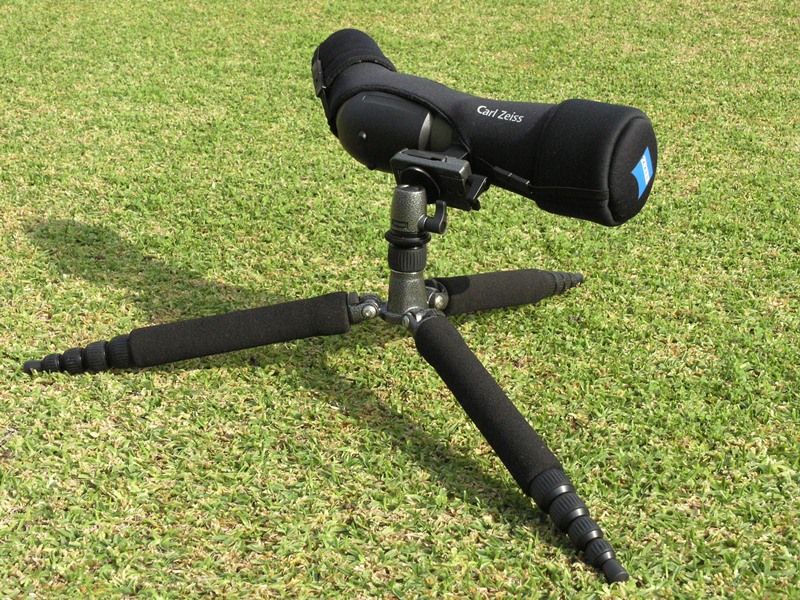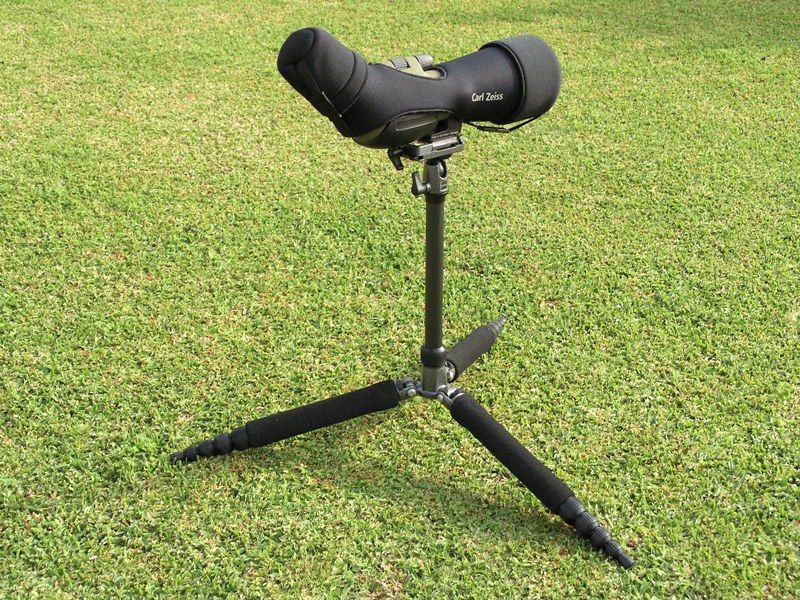Re: Angled or Straight
<div class="ubbcode-block"><div class="ubbcode-header">Originally Posted By: Pete E</div><div class="ubbcode-body">Just wondering what the pro's and con's are for each type of spotter, for range work and spotting strike at long range ect.</div></div>
Peter, from reading your comments it seems that you have already surmised pretty much what I have learned from personal experience. However, since you mentioned <span style="font-style: italic">"range work and spotting strike at long range ect"</span> I'll point-out that the tripods of angled spotters can be set-up lower to the ground and are inherently more stable. Greater tripod stability means less shake and better image detail & resolution, enhancing the ability to see trace and bullet impact. Mirage aside, the farther away the target is (and the higher the magnification) the more important stabilty is.
<div class="ubbcode-block"><div class="ubbcode-header">Originally Posted By: Pete E</div><div class="ubbcode-body">I currently have a couple of straight bodied spotters I use for stalking, and I find the straight eyepeice design quick and instinctive to use.</div></div>
While the index mark on the barrel of the spotter is used to line-up the target, straight spotters are still more instinctive to use because the spotter's eyepiece is in-line with the target rather than at a 45-degree offset. Looking "down" into an angled spotter's eyepiece feels somewhat akward, while the eyepiece of a straight spotter feels more natural.
<div class="ubbcode-block"><div class="ubbcode-header">Originally Posted By: Pete E</div><div class="ubbcode-body">However having borrowed a spotter with an angled eyepeice, when shooting from a bench or prone in the field, and trying to spot my own hits, the angled eyepeice design seems easier to use, especially if the spotter has a rotating tripod collar.</div></div>
Yes - as long as an angled spotter has a rotating collar, angled spotters are easier and more comfortable to use while prone because the spotter can be orientated very low so that the shooter justs turns his or her head slightly to the side for viewing through the spotter. The shooter/observer can orient the spotter so that he or she is looking down or from the side without craning his or her neck. This means extended observation without neck strain.
<div class="ubbcode-block"><div class="ubbcode-header">Originally Posted By: Pete E</div><div class="ubbcode-body">Actually finding the target with an angled spotter does seem less instinctive and it does take longer, but I am not sure thats a major consideration for range work.</div></div>
As I stated above, while the index mark on the barrel of the spotter is used to line-up the target, straight spotters are still more instinctive to use because the spotter's eyepiece is in-line with the target rather at a 45-degree offset. But as you said, <span style="font-style: italic">"I am not sure thats a major consideration for range work."</span>
<div class="ubbcode-block"><div class="ubbcode-header">Originally Posted By: Pete E</div><div class="ubbcode-body">I also appreciate that an angled spotter has other advantages, ie it can usually be set up lower and there is less likely to be a need to re-adjust the tripod if more than one person is sharing the spotter.
So my question is why do so many people here seem prefer spotters with straight eyepeices?
Is it "just what they are used to" (I think I am in that boat at present) or are there definate advantages?
Thanks in advance,
Peter </div></div>
I think that it is largely what people are used to using as well as personal preference. Some posters in this thread have posted that straight spotters are easier-to-use prone than angled spotters - I don't know what their experience is with what equipment, but this is definitely where personal preference comes into play. I used straight spotters for about thirty (30) years, then tried-out an angled model. Even though I was used to using straight spotters I find angled spotters are definitely more prone-friendly. Below are some photos of my Zeiss Diascope 65T FL mounted on my Gitzo GT1550T Traveller tripod. You can see how versatile the combination is, and in the photos I didn't even use use the Diascope 65T's rotating collar.
The Gitzo is probably overkill for most people, but I only have one tripod which serves photographic, video, and spotting scope uses so I went high-end. My next upgrade will be a RRS BH-30 Head. If you're looking for a tripod, short of a Gitzo, I would get a carbon fiber Manfrotto tripod and a Manfrotto Head. The Manfrottos' aren't as light or as compact as the Gitzo Travellers' and they have a larger footprint when used prone, but a Manfrotto setup will typically cost a LOT less and do almost the same things. I would look at the <span style="font-weight: bold"><span style="font-style: italic">
Manfrotto 190CXPRO3</span></span> (three section legs) or <span style="font-weight: bold"><span style="font-style: italic">
Manfrotto 190CXPRO4</span></span> (four section legs) and the head of your choice. You can use them sitting, standing, or prone.
And, <span style="font-style: italic">"you're welcome".</span>
<span style="font-weight: bold"><span style="font-style: italic">Gitzo GT1550T Traveller w/G2285MB Adapter & Angled Zeiss Diascope 65T. Center Column removed for prone use:</span></span>
<span style="font-weight: bold"><span style="font-style: italic">The Gitzo GT1550T Traveller w/G2285MB Adapter & Angled Zeiss Diascope 65T work equally well for left-handed shooters:</span></span>
<span style="font-weight: bold"><span style="font-style: italic">Gitzo GT1550T Traveller w/G2285MB Adapter & Angled Zeiss Diascope 65T. Center Column raised for seated use:</span></span>
Keith

